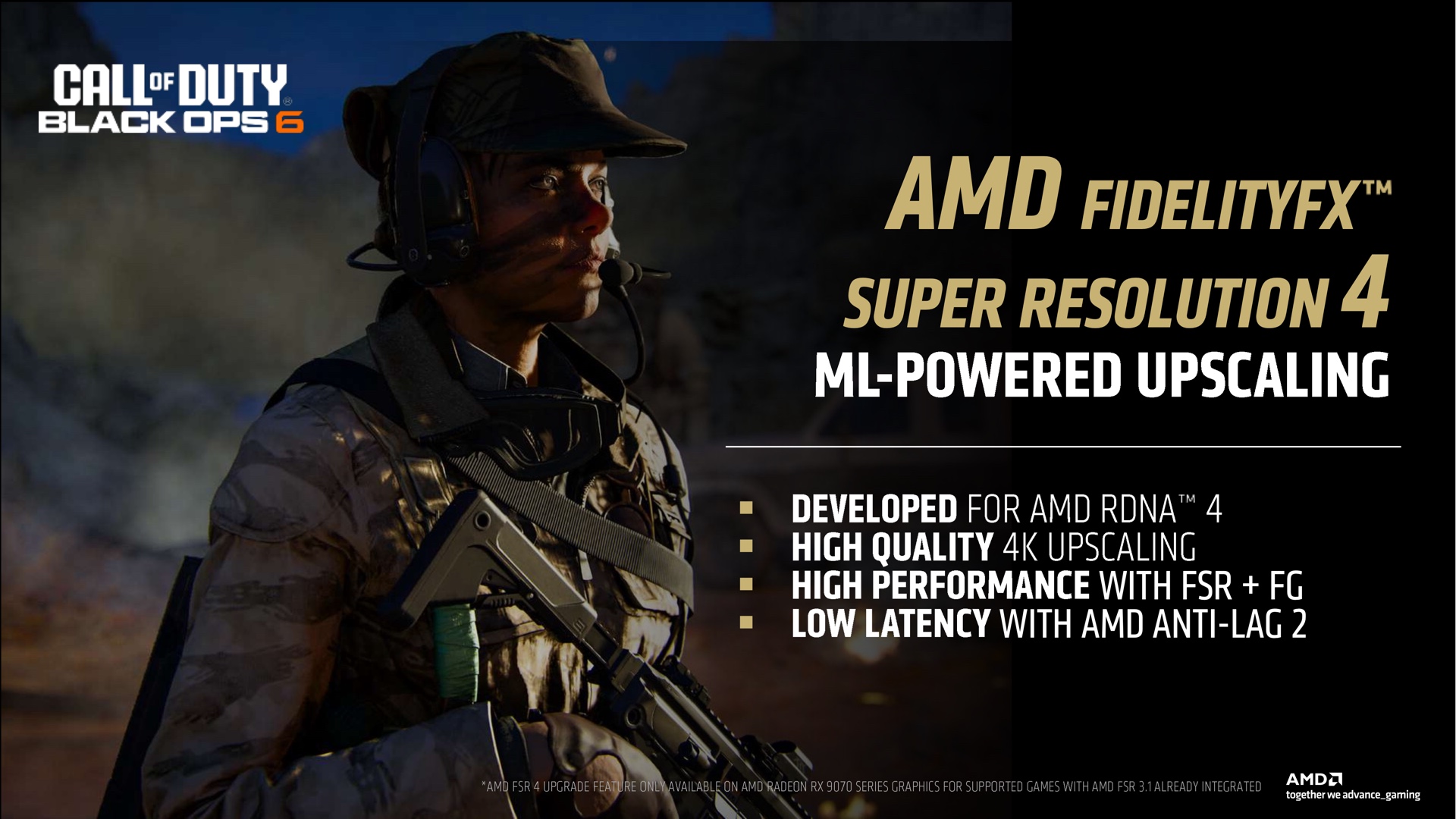Nvidia is widely expected to announce specs, pricing, and availability information for the first few cards in the new RTX 50 series at its CES keynote later today. AMD isn’t ready to get as specific about its next-generation graphics lineup yet, but the company shared a few morsels today about its next-generation RDNA 4 graphics architecture and its 9000-series graphics cards.
AMD mentioned that RDNA 4 cards were on track to launch in early 2025 during a recent earnings call, acknowledging that shipments of current-generation RX 7000-series cards were already slowing down. CEO Lisa Su said then that the architecture would include “significantly higher ray-tracing performance” as well as “new AI capabilities.”
AMD’s RDNA 4 launch will begin with the 9070 XT and 9070, which are both being positioned as upper-midrange GPUs like the RTX 4070 series.
Credit:
AMD
The preview the company is providing today provides few details beyond those surface-level proclamations. The compute units will be “optimized,” AI compute will be “supercharged,” ray-tracing will be “improved,” and media encoding quality will be “better,” but AMD isn’t providing hard numbers for anything at this point. The RDNA 4 launch will begin with the Radeon RX 9070 XT and 9070 at some point in Q1 of 2025, and AMD will provide more information “later in the quarter.”
The GPUs will be built on a 4 nm process, presumably from TSMC, an upgrade from the 5 nm process used for the 7000-series GPUs and the 6 nm process used for the separate memory controller chiplets (AMD hasn’t said whether RDNA 4 GPUs are using chiplets; the 7000 series used them for high-end GPUs but not lower-end ones).

FSR 4 will be AMD’s first ML-powered upscaling algorithm, similar to Nvidia’s DLSS, Intel’s XeSS (on Intel GPUs), and Apple’s MetalFX. This generally results in better image quality but more restrictive hardware requirements.
Credit:
AMD
We do know that AMD’s next-generation upscaling algorithm, FidelityFX Super Resolution 4, has been “developed for AMD RDNA 4,” and it will be the first version of FSR to use machine learning-powered upscaling. Nvidia’s DLSS and Intel’s XeSS (when running on Intel GPUs) also use ML-powered upscaling, which generally leads to better results but also has stricter hardware requirements than older versions of FSR. AMD isn’t saying whether FSR 4 will work on any older Radeon cards.


